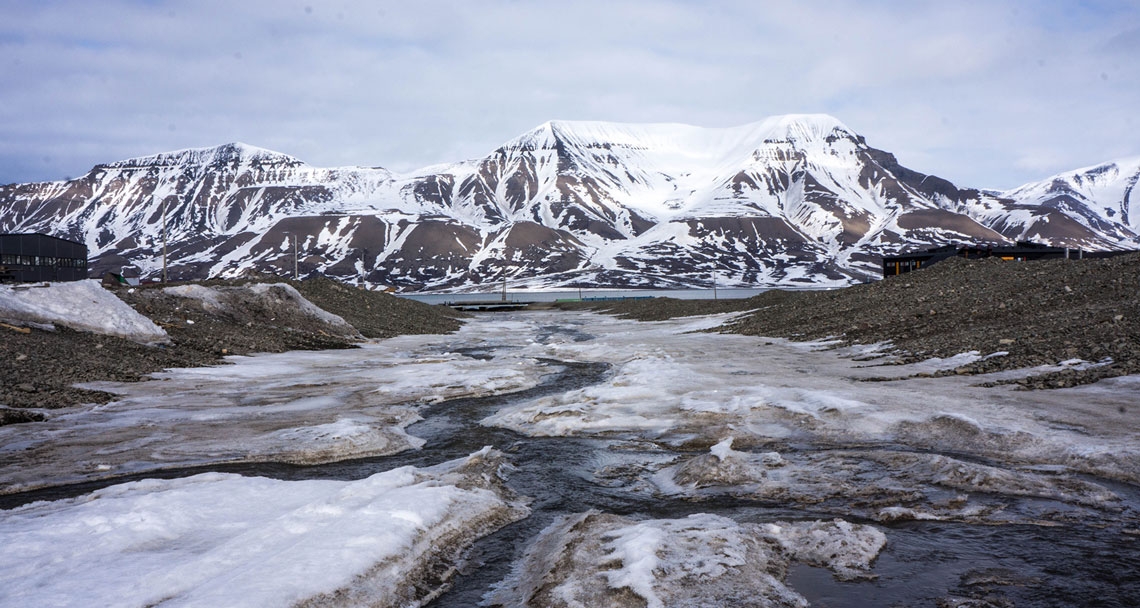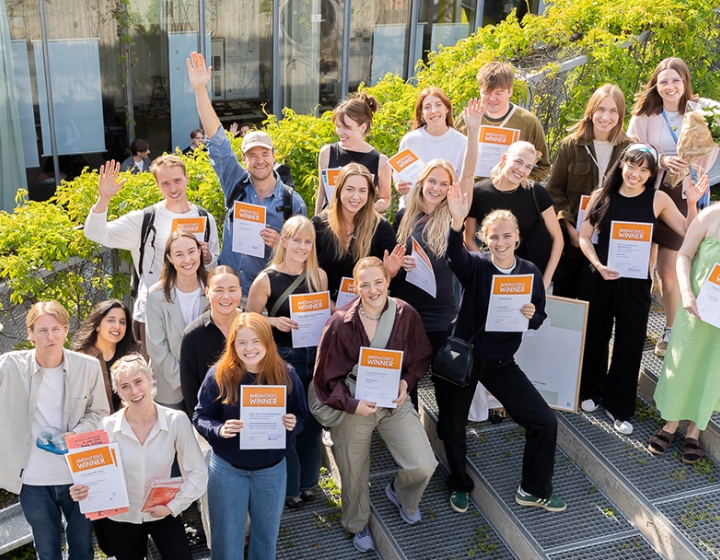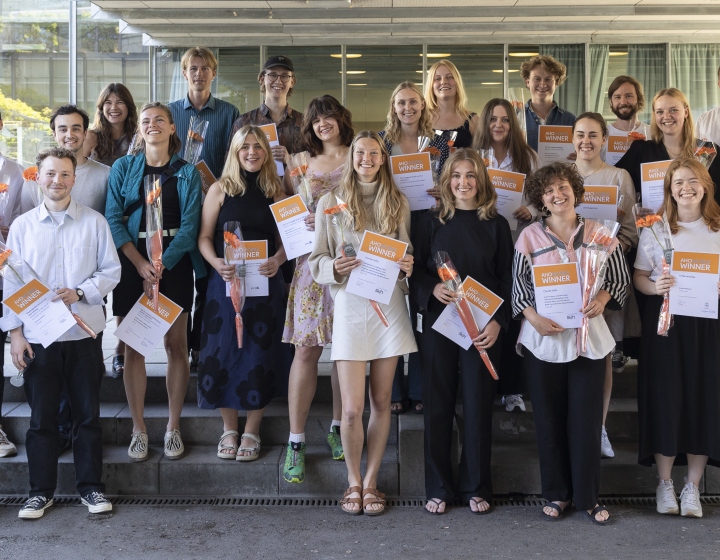STUDIO: Svalbard as a Fluid Territory
Following global climate change, Svalbard’s geopolitical position and eco systems are in rapid change. As the temperature is increasing, the glaciers and permafrost on Svalbard are melting, causing drastic changes for the vulnerable nature on the Arctic Archipelago. Also the configuration of industries, human and nonhuman species, and Svalbard´s role as a supplier of data to the world community is in rapid flux.
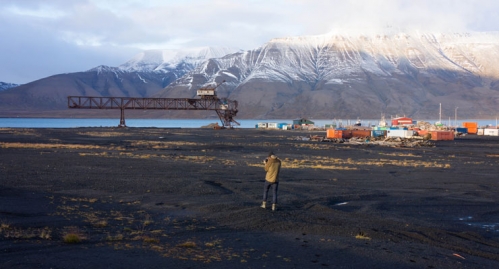
Svalbard as a Fluid Territory is a studio course in Landscape Architecture for master students offered as collaboration between the two institutions; The Oslo School of Architecture and Design (AHO) and the University of Tromsø, (UiT // The Arctic University of Norway) The program is a part of the two year master program in Landscape Architecture located at the Faculty of Fine Arts at UiT.
The studio course is research based and employs critical mapping techniques, cartography, timelines and sections in order to research and visually present the fluidity of the territory. During the field trip in September, the students started to map the different layers of information:
The existing condition of the Svalbard territory
geography, morphology, glaciers, vegetation, animals and sea level
The global influence on the Svalbard territory
immigration, migration, trade and commerce, tourism, PCBs and litter along the coast lines.
The global exportations from the Svalbard territory
research data, weather data, Svalbard Global Seed Vault etc.
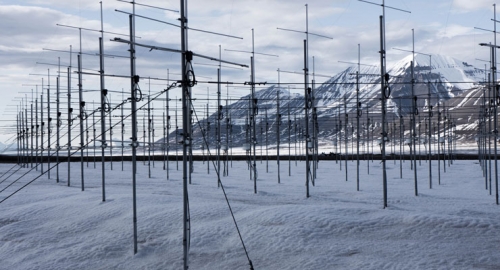
During the semester the students will gain knowledge of this highly interesting territory, presenting their work in sections where the layers will aim to illustrate the complex situation of today and to project this information into the future. According to the course leader, Janike Kampevold Larsen, the section has potential also to produce cultural narratives of a territory in rapid change.
The Tromsø-studio is a parallell studio course to the Arctic Urban Design course in the Institute of Urbanism and Landscape.
Course leader: Janike Kampevold Larsen,
Carthographer Riccardo Pravettoni
Guest teacher: Kathleen John-Alder (Rutgers University)
Ass teachers: Mats Kemppe, Eimear Tynan

Svalbard as a Fluid Territory is a studio course in Landscape Architecture for master students offered as collaboration between the two institutions; The Oslo School of Architecture and Design (AHO) and the University of Tromsø, (UiT // The Arctic University of Norway) The program is a part of the two year master program in Landscape Architecture located at the Faculty of Fine Arts at UiT.
The studio course is research based and employs critical mapping techniques, cartography, timelines and sections in order to research and visually present the fluidity of the territory. During the field trip in September, the students started to map the different layers of information:
The existing condition of the Svalbard territory
geography, morphology, glaciers, vegetation, animals and sea level
The global influence on the Svalbard territory
immigration, migration, trade and commerce, tourism, PCBs and litter along the coast lines.
The global exportations from the Svalbard territory
research data, weather data, Svalbard Global Seed Vault etc.

During the semester the students will gain knowledge of this highly interesting territory, presenting their work in sections where the layers will aim to illustrate the complex situation of today and to project this information into the future. According to the course leader, Janike Kampevold Larsen, the section has potential also to produce cultural narratives of a territory in rapid change.
The Tromsø-studio is a parallell studio course to the Arctic Urban Design course in the Institute of Urbanism and Landscape.
Course leader: Janike Kampevold Larsen,
Carthographer Riccardo Pravettoni
Guest teacher: Kathleen John-Alder (Rutgers University)
Ass teachers: Mats Kemppe, Eimear Tynan
“Exploring arctic landscapes with teachers and classmates from different specialist fields ensures a more holistic perspective of territories under constant change, revealing multiple possibilities and threats.” - Brona Keenan, Ireland
